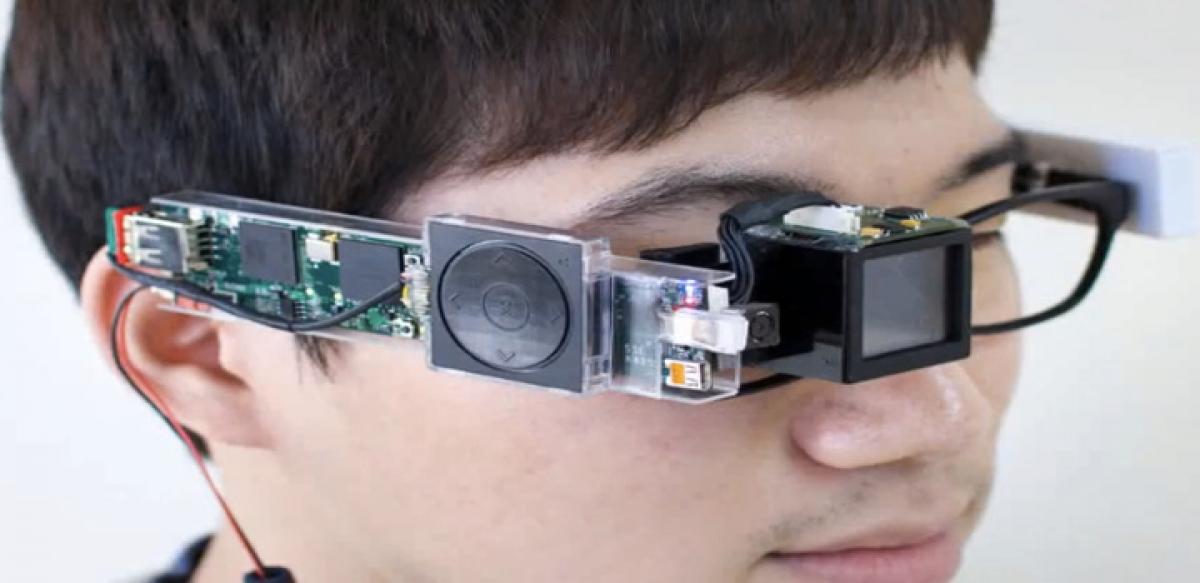Live
- SpinSci Health Tech India Pvt Ltd Announces Groundbreaking News: 1,000 New AI Jobs in Telangana
- Devotees flock to temples in Nagar Kurnool district on Vaikunta Ekadashi
- Bimal Das Gupta's introduction of acrylics to India
- Written Test for Establishment of MeeSeva Center.
- Block-Level Sports Meet Organized in Nagarkurnool
- Friendly Legal Services for Child Protection
- If You Lose Your Phone, Lodge a Complaint Immediately - SP Gaikwad.
- TikTok Star Fun Bucket Bhargav Sentenced to 20 Years for Sexual Assault
- CM Revanth Reddy Directs Measures to Resolve Tribal Issues in Telangana
- pi-labs Unveils 2024's Top 10 Victims of AI Deepfakes: From Celebrities to Power Players









